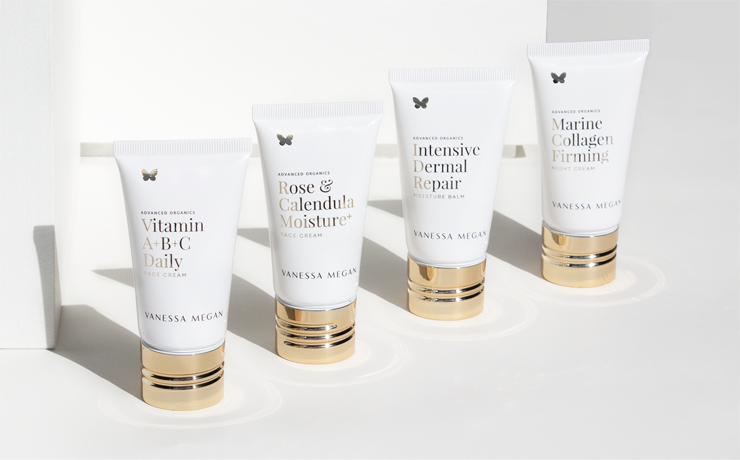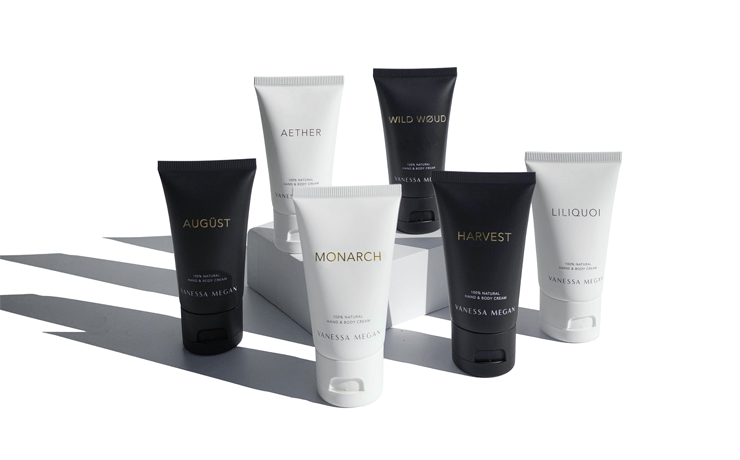
Winter Skin Woes
As winter sets in, the chilly weather brings a host of challenges for individuals with sensitive skin or pre-existing skin conditions. Skin concerns such as rosacea, perioral dermatitis, eczema, and milia often worsen during this season. Understanding why Winter exacerbates these conditions and adopting an effective skincare routine is essential for maintaining healthy skin during the colder months. In this blog, we will explore how Winter impacts these skin conditions and provide practical tips to care for skin prone to these concerns.
Everyones skin is different, thus, people can have different triggers and recommended treatments for their skin conditions. If you are struggling with any of the following skin concerns, it is best to consult a dermatologist for proper diagnosis and personalised treatment options.
Rosacea
Rosacea is a chronic skin condition characterised by facial redness, visible blood vessels, and sometimes acne-like bumps.
Why does Rosacea flare up in Winter?
- Cold air and wind: Exposure to cold winds can trigger facial flushing and exacerbate redness.
- Dry indoor air: Central heating and low humidity levels indoors can deplete the skin's moisture, leading to increased sensitivity and irritation.
- Alcohol and spicy foods: Consuming alcohol and spicy foods can trigger flushing and redness in individuals with rosacea.
Caring for Rosacea-Prone in Winter
Protect your skin: Shield your face from cold winds by wearing scarves or face masks.
Moisturise regularly: Use a gentle, non-irritating moisturiser to keep your skin hydrated and protect the moisture barrier.
Choose the right products: Use fragrance-free and non-comedogenic skincare products specifically formulated for sensitive skin.
Avoid triggers: Limit the consumption of hot drinks and spicy foods that may aggravate rosacea symptoms.
Products that may help:
Rosehip & Frankincense Revitalising Skin Repair Oil, Blue Tansy & Cypress Soothing Sheet Mask, AEON Azure Regenerative Cream, Cryo Rose Ice Cube Treatment
Milia
Milia are small, benign cysts that appear as white bumps on the skin. Milia are formed when keratin gets trapped below the skins surface.
Why does milia flare up in Winter?
- Dry skin: Winter weather and low humidity can lead to dryness and the accumulation of dead skin cells, increasing the likelihood of milia formation.
- Heavy creams and occlusive products: Using thick, heavy moisturisers or comedogenic skincare products can clog pores and contribute to milia.
Caring for Milia-prone skin in Winter
Exfoliate gently: Regularly exfoliate with a mild, non-abrasive scrub or chemical exfoliant to remove dead skin cells and promote cell turnover.
Steam skin: Sit in steam to gently open pores to open up pores to release skin flakes and irritants that can lead to milia.
Hydrate adequately: Use lightweight, non-comedogenic moisturisers to maintain skin hydration without clogging pores.
Products that may help:
Prebiotic + C Skin Polishing Exfoliating Powder or Rosemary & Jojoba Bead Exfoliating Cleanser for more gentle exfoliator
Eczema
Eczema, or atopic dermatitis, is characterised by dry, itchy, and inflamed skin. Eczema often is inherited and develops due to a defective skin barrier.
Why does eczema flare up in Winter?
- Low humidity: Dry indoor air and low humidity levels rob the skin of moisture, leading to increased dryness and itchiness.
- Frequent temperature changes: Moving from cold outdoor air to heated indoor environments can trigger eczema flare-ups.
- Hot showers and baths: Hot water can strip the skin of its natural oils, further exacerbating dryness and irritation.
Caring for Eczema-prone skin in Winter
Moisturise regularly: Apply fragrance-free moisturisers immediately after bathing to lock in moisture.
Limit bathing time and water temperature: Take lukewarm baths or showers, avoiding long durations to prevent drying out the skin.
Wear soft, breathable clothing: Choose loose-fitting clothing made from natural fibres to minimise skin irritation.
Use mild soaps and detergents: Opt for gentle, fragrance-free cleansers and laundry detergents to avoid irritating the skin.
Products that may help:
Rosehip & Frankincense Revitalising Skin Repair Oil, Intensive Dermal Repair Moisture Balm
Perioral Dermatitis
Perioral dermatitis is a facial rash characterised by small bumps and redness around the mouth, nose, and chin.
Why does Perioral Dermatitis flare up in Winter?
- Dry and cold air: Low humidity and cold temperatures can cause dryness, leading to increased skin sensitivity and irritation.
- Heavy skincare products: Rich creams and occlusive moisturisers can clog pores and contribute to perioral dermatitis flare-ups.
- Irritating fabrics: Woollen scarves, turtlenecks, or rough materials can further irritate the affected skin.
Caring for Perioral Dermatitis-prone skin in Winter
Use gentle cleansers: Opt for mild, fragrance-free cleansers that do not strip the skin's natural oils.
Moisturise appropriately: Choose lightweight, non-comedogenic moisturisers to avoid clogging pores.
Avoid heavy makeup: Opt for minimal or no makeup during flare-ups to allow the skin to breathe.
Wear soft fabrics: Opt for soft, breathable fabrics like cotton or silk to minimise skin irritation.
Products that may help:
Neroli & Squalane Cleansing Oil Non-Comedogenic, Blue Tansy & Cypress Anti-Redness Soothing Serum, Rose & Calendula Moisture+ Face Cream, Intensive Dermal Repair Moisture Balm
Eczema vs Dermatitis
Dermatitis refers to the inflammation of the skin, while eczema is a term used to describe a range of skin conditions characterised by itchiness, dryness, and inflammation. Although eczema and dermatitis are sometimes used interchangeably, it's important to note that "dermatitis" is a broader term that encompasses various types of skin rashes beyond eczema.
Shop Sensitive Skin Range
Winter weather can be challenging for individuals with skin conditions like rosacea, perioral dermatitis, eczema, and milia. However, with the right care routine and awareness of winter-specific triggers, it is possible to manage these concerns effectively. Remember to consult a dermatologist for personalised advice and treatment options tailored to your specific needs. Embrace the winter season with a nurturing skincare routine and maintain healthy, radiant skin throughout the year.




